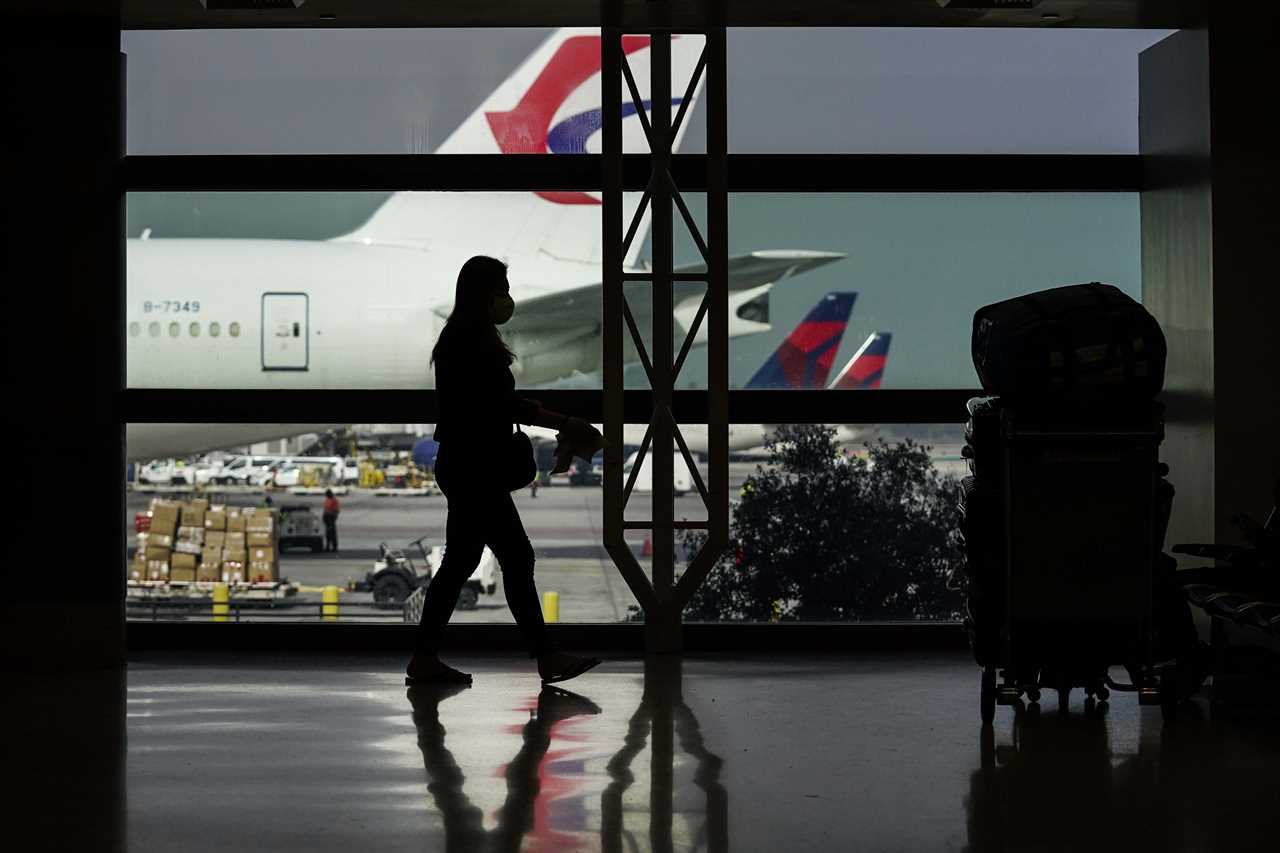
The wave of airline cancellations that snarled thousands of flights over the past three months did more than strand passengers at airports from Florida to Indiana and points in between.
It also angered lawmakers who had given the airline industry more than $50 billion in pandemic relief money over the last year and a half — based on the carriers’ promise that the cash would help them be ready for travelers' return to the skies. Now Congress is demanding answers about why airlines have been so unprepared for the inevitable upswing in passenger demand, a question with big implications for the holiday travel season that kicks off this weekend.
“There should have been every reason, particularly given the bailout money for the airlines, to prepare for the surge we're seeing now,” Democratic Del. Eleanor Holmes Norton, D.C.’s representative in Congress, told POLITICO. “This money was for a very specific purpose.”
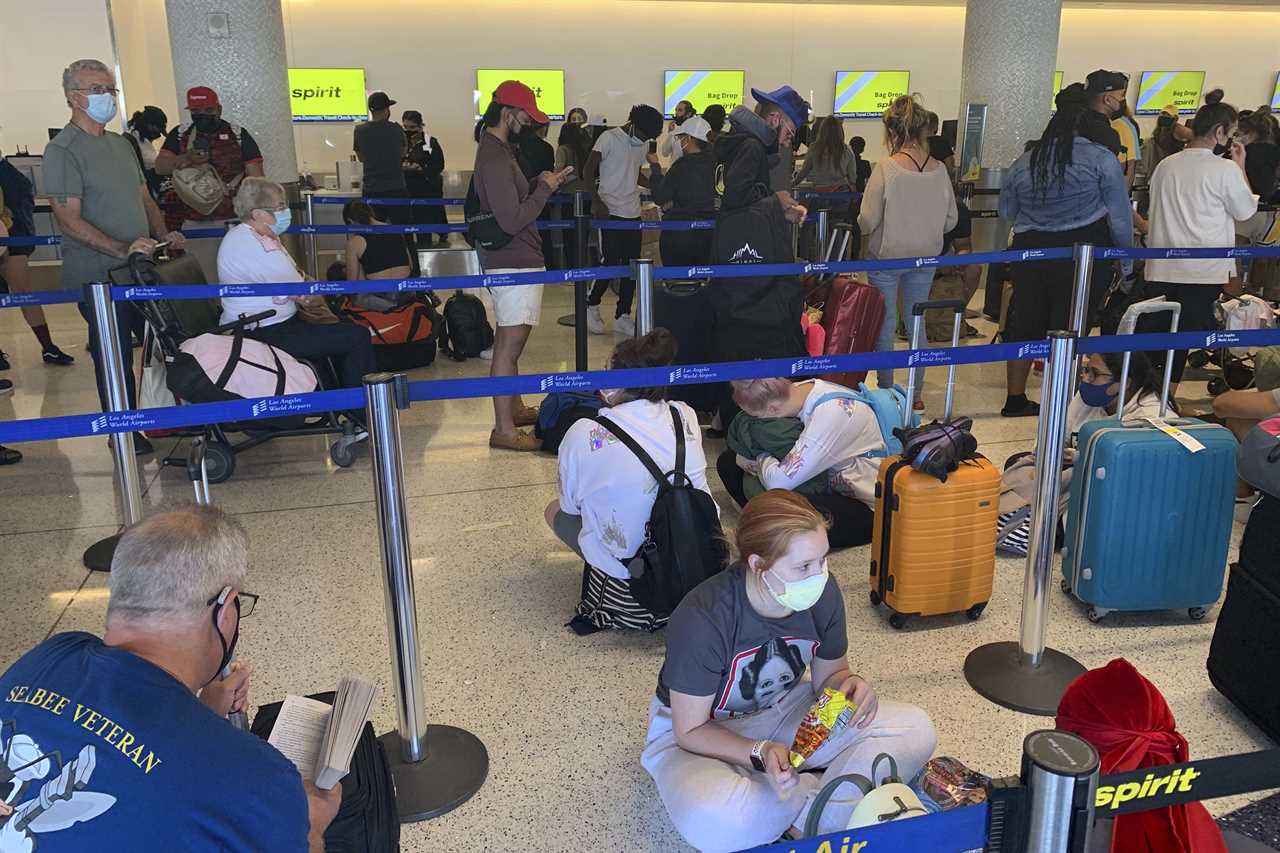
Norton, who said she has some “buyer’s remorse” for supporting the bailout, is calling for hearings on the topic before the House Transportation Committee — and she’s not the only one. The Senate’s transportation panel is already preparing to grill airlines on the matter in early December.
“The airlines owe Americans better service,” said Sen. Richard Blumenthal (D-Conn.), a member of the panel. “In my view, they're failing to keep their side of the bargain.”
Airlines for America, the trade group for major U.S. airlines, said the hiccups carriers have experienced recently "are wholly unrelated" to federal support payments, which was "used exclusively" to keep workers on the job.
"Travelers have been returning to the skies at a rapid pace, and U.S. airlines are working to hire and train new employees and return to service aircraft that had been put in storage in order to meet the growing demand," the group said. It did not respond to a further question about why airlines didn't use the federal money to stay more adequately staffed for the return of demand.
So far, the start of the pre-Thanksgiving weekend has not seen a new surge in mass cancellations — though that could change with the next wave of stormy weather.
Weathering the weather
Southwest last month canceled more than 2,000 flights after what it called an “unexpected air traffic control issue” compounded by weather in Florida that disturbed flight operations. American Airlines had a similar meltdown with thousands of flights canceled over Halloween weekend, also citing bad weather. Spirit canceled more than 60 percent of its flights for roughly three days in August, attributing its snafu to system outages, staffing and the weather.
The airlines involved in this recent turmoil have typically blamed a set of cascading problems that begins with bad weather, which for example has hampered crews trying to fly to the airports where their next assignment begins. Those crews are still on the work clock even during those delays, which means that by the time they're in position, they're sometimes forced to stop for the night because of rules intended to ensure they don't fly tired. And because the airlines lack adequate reserve crews to fill in those gaps, problems snowball from there.
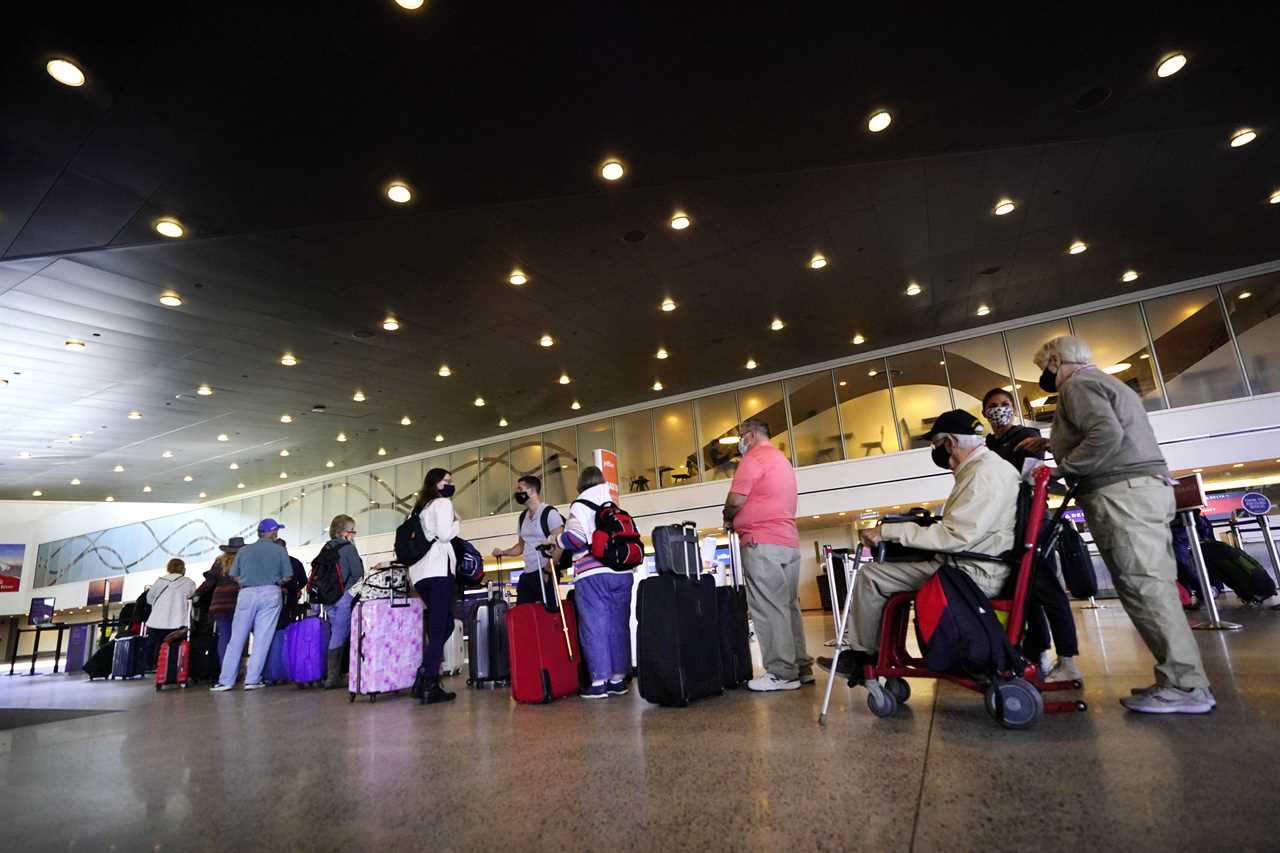
Aviation industry experts are skeptical that weather is always the root cause, though, instead blaming tight crew scheduling and lack of personnel slack in general. For instance, Southwest said its October flight meltdown was over air traffic control delays and weather in Florida. But no other airline that operates out of Florida had such severe problems in the same span.
In an Oct. 21 earnings report, Southwest CEO Gary Kelly acknowledged a personnel crunch at the airline, saying its "available staffing fell below plan and, along with other factors, caused us to miss our operational ontime performance targets."
'What did you do with all the money?'
Last year, as lawmakers began to grasp the nature of the pandemic challenge at the country’s doorstep, Congress enacted the CARES Act, H.R. 748 (116), with a tranche of money for airlines to use to protect their workers — from crews to baggage handlers — from mass furloughs. The idea was to keep employees, many of whom require training and certifications to perform their jobs, in place so that operations could resume seamlessly as travel ramped back up.
“The support our government has entrusted to us carries immense responsibility and an obligation that American Airlines is privileged to undertake,” CEO Doug Parker said in April 2020 following the news that grants were on the way. “It is our privilege to continue flying through the downturn and to be in a ready position as our country and the world return to the skies.”
Ultimately, federal money saved hundreds of thousands of flight attendant, pilot and support jobs. Yet the disruptions experienced over recent weeks are expected to continue as travel climbs. Southwest has already decided to cut flights from its schedule for December and through early next year to try to get ahead of its staffing concerns and avoid last-minute cancellations of the sort that strand passengers.
Dennis Tajer, an American Airlines pilot and a spokesperson for the Allied Pilots Association, the union for pilots at American, said it's not just lawmakers who are frustrated with the way airlines are behaving. He said crews aren't always being managed well, with pilots and flight attendants waiting around after a canceled flight for airline planners to attempt to reschedule them as the clock ticks down on their shift.
He said pilots also want to be able to have a better-planned routine that doesn't devolve into chaos at the first hint of trouble. He noted that the relief funding — $25 billion in grants, and $25 billion more in financial assistance — was supposed to provide a cushion to give airlines the ability to execute flights in a post-pandemic world.
"So we're asking our management team, even before these [travel] events, 'What did you do with all the money?'" Tajer said.
Tajer didn't have an answer, but Norton did. She speculated that it appears that "who really benefited are the shareholders of the airlines — that's one of the reasons that I'm requesting a hearing."
Like Norton, Tajer said he remains dumbfounded as to how these problems could happen knowing the money was there as a protective measure.
"I did interviews everywhere, along with other union groups and the airlines saying, 'We've got to be ready for the recovery, that's why this is important; this is an investment in that recovery,'" Tajer said. "And now here I sit talking about, 'How in the world could you not be ready for this?'"
Congress weighs in
Senate Commerce Chair Maria Cantwell (D-Wash.) has already been probing the issue. Over the summer, she asked airlines for information on the staffing shortages that some experts contend have led to flight cancellations and disarray.
Specifically she has asked for current staffing figures, information about layoffs, buyouts and furloughs, and other statistics that will form the basis of what could be an uncomfortable hearing on the matter when her committee convenes in December.
Congress put strings on its bailout money — chief among them that airlines agreed to stop furloughing or laying off their employees during the pandemic. But John Breyault of the National Consumers League said he suspects that even with that directive, airlines got creative in how they balanced their capacity, avoiding furloughs and layoffs in part by offering incentives for employees to take voluntary leave or retire early. Though allowed under the terms of the legislation, that's contributed to the current staffing crunch, he suggested.
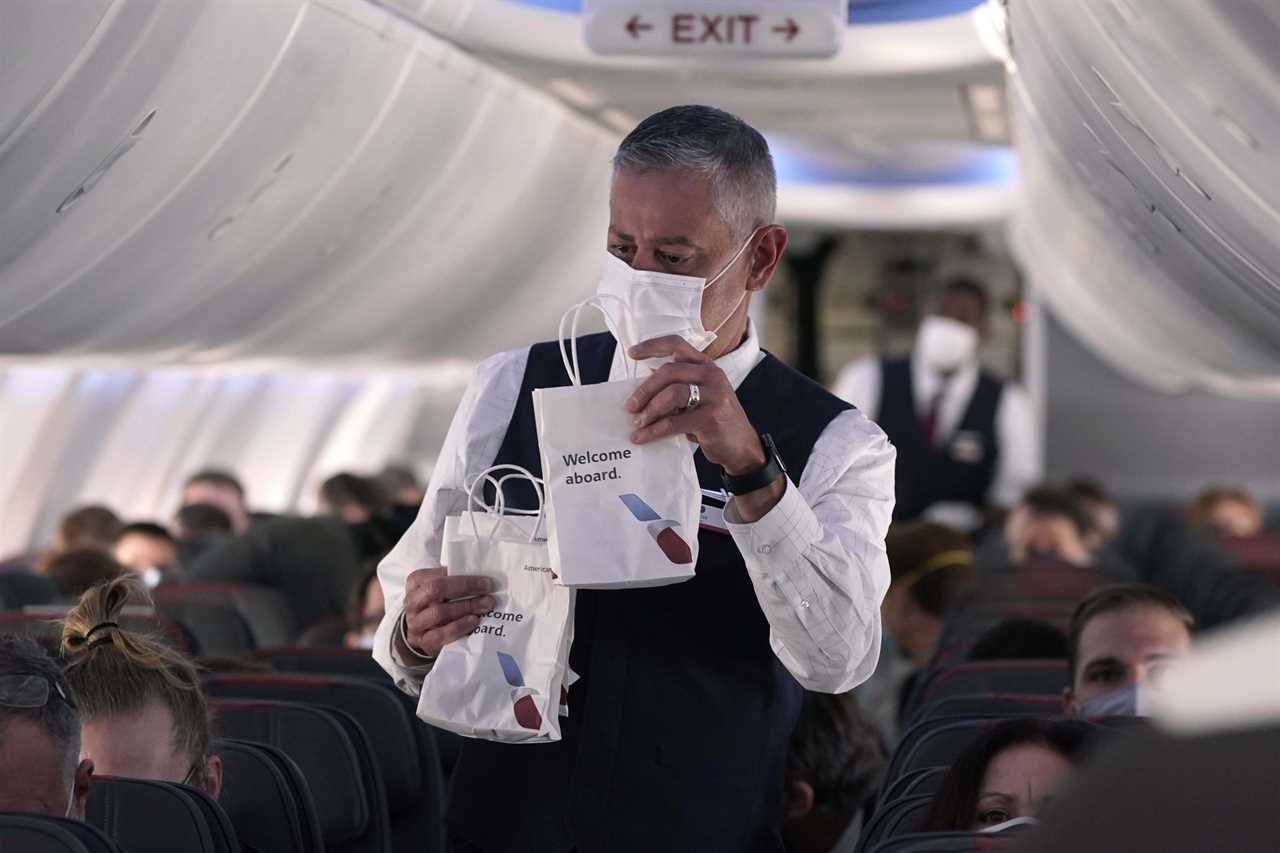
Now, "consumers are really reaping the whirlwind when it comes to delays and cancellations because the airlines don't have the staff to fly those planes," added Breyault, the league's vice president of public policy, telecommunications and fraud. The nonprofit organization advocates for citizens on marketplace and workplace issues.
In a memo to flight attendants, American Airlines acknowledged that disruptions were caused by past staffing decisions, including buyouts and early retirements that the airline encouraged. The company said another factor was the need to juggle new hurdles, such as peaks in travel demand as more Americans sought out leisure travel for the first time in more than a year.
"As the demand for air travel was slow to return, we offered early outs and extended voluntary leaves," Brady Byrnes, American's vice president of flight service, said in a Nov. 5 internal memo to flight attendants. "Fast forward a few months, and the landscape has changed dramatically. … That's why we're taking steps to minimize disruptions to your work schedule and our customers' travel plans as we gear up for the busy holiday season."
With holiday travel coming up, airlines say they're accelerating efforts to get schedule and staffing right to avoid gaps in the system, including making sure they have enough staff to crew the scheduled flights they have already planned, and creating bonus and pay incentives for overtime work. Byrnes, for example, said American will offer its flight attendants 300 percent pay premium increases for working during holiday peak periods if they don't skip a shift between Nov. 15 and Jan. 2.
A contributing factor is the continuing tight labor market, which has left many industries with a dearth of personnel slack that the pandemic is only worsening, said Richard Aboulafia, vice president and analyst at the Teal Group.
Aboulafia said airlines couldn’t predict when exactly travel would climb out of its pandemic slump back to pre-Covid levels. “Who could have predicted that?”
If airlines had brought on more employees, jet fuel and planes ahead of market demand, it would have plunged them into a financial hole deeper than deficits wrought by the pandemic, Aboulafia said. “By having too little capacity, you're embarrassed, [but] if you get it wrong by having too much capacity, you run the risk of bankruptcy,” he said.
But Norton said this was entirely predictable.
“Any fool could tell that as Covid declined, airline traffic would go up,” she said.
Travel roars back
The trends have been clear, particularly recently. Airline bookings have been on the upswing over the last few weeks, especially with the Thanksgiving holiday coming up. An airline consumer index released last week by Adobe Digital Economy shows bookings from six U.S.-based carriers are 78 percent higher than 2020 levels, and are up 3 percent over pre-pandemic levels.
Airport businesses are also predicting an uptick in need for services such as parking spots and other items, all of which suggest consumer demand is soaring. Another data point is a reported rise in wait times at airlines' call centers.
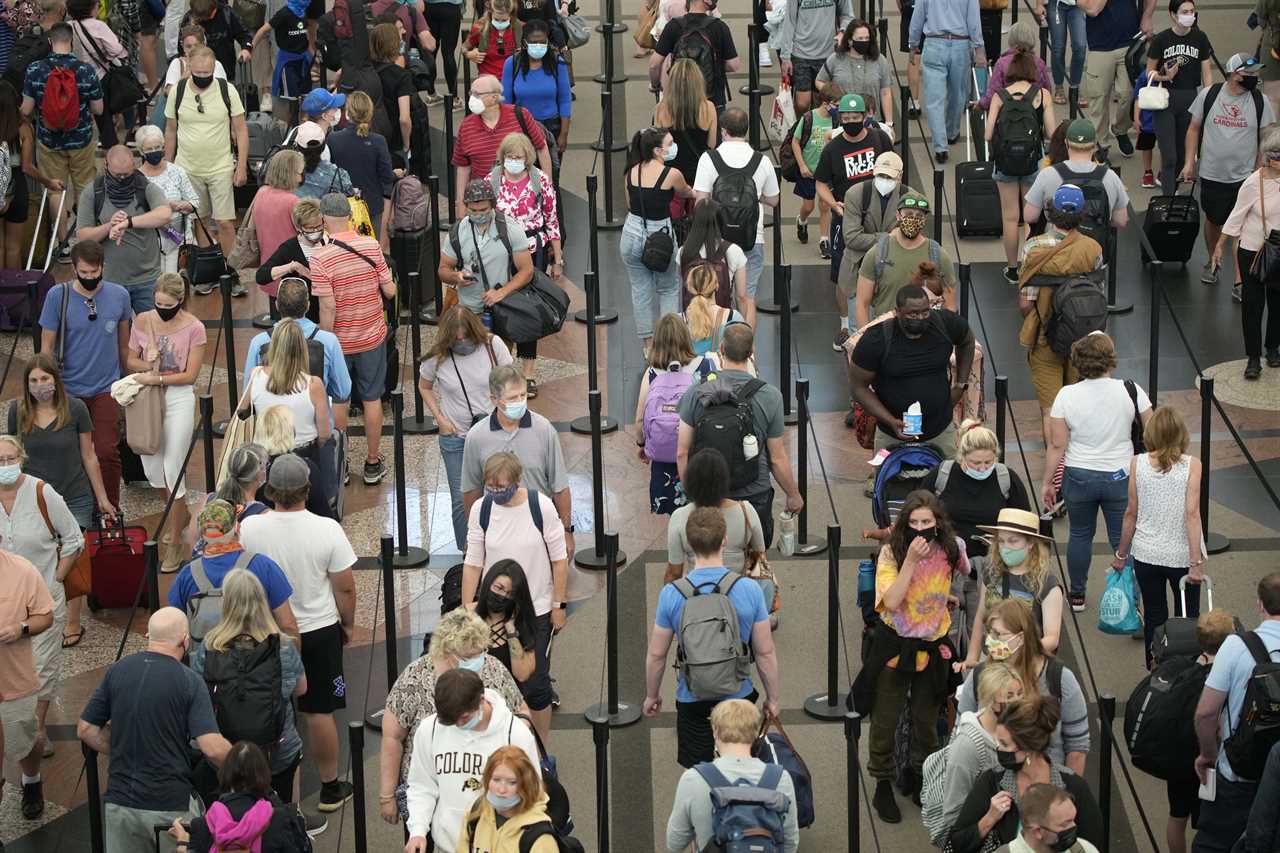
Airlines’ zeal to return to profitability as soon as possible is skewing how they accommodate consumers, argued Breyault of the National Consumers League.
He said that in a meeting with Department of Transportation officials Nov. 10, his organization called for an investigation into whether airlines are deceptively advertising flights and selling tickets that they can't possibly meet because of limited crews.
Asked about the meeting, DOT responded that it meets regularly with representatives of consumer advocacy organizations, who "often highlight aviation consumer protection priorities for their organizations."
"The Department welcomes this input and considers the perspective of these organizations and other stakeholders in determining what action is in the public interest," a spokesperson said Tuesday.
Between January 2020 and the end of June 2021, DOT received 124,918 complaints concerning refunds, with 84 percent pertaining to mishandling of a canceled flight, according to the agency. “There certainly seems to me to be some shenanigans here that the DOT should be investigating,” Breyault said.
Lawmakers have long been concerned by airline behavior on refunds, especially during the pandemic. On Wednesday, Blumenthal and Sen. Ed Markey (D-Mass.) reintroduced a bill, S. 3222 (117), to expand protections for air travelers. The legislation, similar to one introduced in 2019, would provide passengers with fair compensation in the event of airline-driven cancellations or delays and other items.
'Doing the best they can'
Some lawmakers weren't as eager to upbraid airlines for canceled flights, saying they’ve managed as best they can with this unpredictable pandemic and the government’s sometimes patchwork requirements for travel.
“They're dealing with Covid and just like the rest of this country and the rest of the world, it's made life very difficult and much more complicated,” said Sen. John Hickenlooper (D-Colo). Pilots and flight attendants also have additional stressors to deal with, including spiking incidents with unruly passengers.
“It’s not the airlines failing to act. … They are doing the best they can,” he said.
That reasoning won’t satisfy other lawmakers. Sen. Elizabeth Warren (D-Mass.) said the airlines received funding solely because they are a key part of the nation’s transportation infrastructure.
But “if they can’t keep their promises to taxpayers and travelers, Congress should find out why,” she said.
----------------------------------------
By: Oriana Pawlyk
Title: Airlines got a $50B pandemic bailout. Passengers got chaos in the skies anyway.
Sourced From: www.politico.com/news/2021/11/20/airlines-pandemic-bailout-cancellations-523100
Published Date: Sat, 20 Nov 2021 07:01:54 EST






